Since solid-state drive technology came onto the market, companies have been working on ways to accelerate the rest of the computer's tasks. We had Intel's Optane, AMD's StoreMI, and plenty of competing technologies made for the datacenter.
With that many years of history behind it, you might think you need to use NVMe cache in your computer to get the best performance. Except, most consumer computers are already using NVMe, and caching only makes sense when the cache is faster than the drive being cached. Unless you're running a file server of some description, you probably don't need to worry about NVMe cache, and can concentrate on using those speedy SSDs for file or game storage instead.
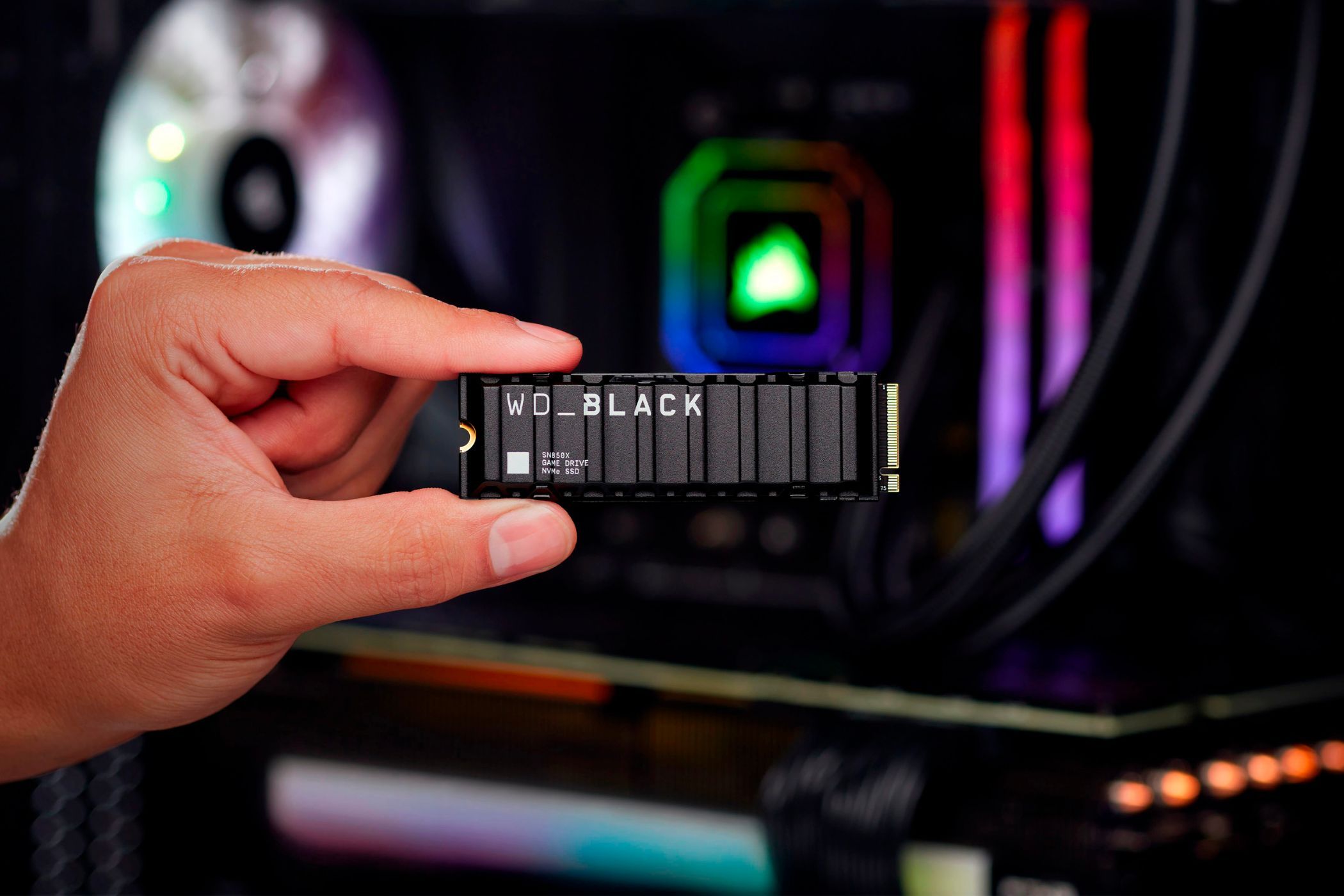
Related
NVMe over TCP is the coolest networked storage protocol you haven't heard of
It may not be practical for most people yet, but NVMe over TCP is one of the NVMe over Fabrics protocols that might become a standard in the future.
Most new computers already use SSDs for caching
Your computer is probably fast enough already
Nowadays, the vast majority of computers, whether laptops, desktops, or gaming consoles, come with NVMe storage. That makes NVMe caching a given, as your virtual memory file and other caches will be stored on the main drive. Anything else will be cached in RAM, which is partly why Chrome and other browsers eat up your system resources while they're open.
That wasn't always the case, with computers coming with hard drives instead of SSDs, and many caching solutions were offered. SSHDs used a small NAND cache on drive to offer SSD caching. Still, these were short-lived as they had issues with the NAND or controllers wearing out quickly, some unfortunate firmware issues, and SSD storage pricing dropped drastically, creating a perfect storm for the technology to be soon obsolete.
There are still times when NVMe cache is worth it
While your desktop computer or laptop probably won't benefit from NVMe cache, there are a few situations where it's essential. If you've got a NAS or server that uses the ZFS filesystem, then you know that frequent access data read operations always benefit from cached data. That's down to your storage drives being hard drives or slower SSD types, and not speedy NVMe.
Typically, ZFS (or really OpenZFS in most cases) uses server RAM for caching with Adaptive Replacement Cache (ARC). That's pulled from for any data requests, but sometimes there isn't enough RAM to go around, and that's where NVMe caching comes in. Using L2ARC (2nd level ARC) to store data that's not accessed as often as the first level, but more often than cold storage, makes overflow data requests faster to respond to.
This, in turn, improves overall system performance because the server doesn't have to pull data from spinning hard drives for those requests. When your file server is sending lots of smaller files, that makes a big impact, because every request gets handled faster.
So, what do I do to boost performance?
Increase your memory amount, so your operating system can cache more files
Ah, the ever-present search for performance boosts. This search led to using NVMe as a cache for slower drives and arrays, which was a worthy use case for many years. Intel even created Optane, a similar technology focused on random IOPS performance. But then NVMe storage became affordable for normal use, and the efficacy of cache wore off.
If you're trying to optimize Windows 11 for gaming, you don't need to worry about manually managing cache as the operating system does it for you. Linux users don't really need to touch the cache either, although if they have been long-time users they still might. The only place that NVMe cache benefits these days is sitting in front of drive pools in NAS or server hardware, where the SSD can handle any incoming file queries overflowing from the first-line cache in RAM.
NVMe cache is still relevant in the home lab or datacenter, not in your desktop
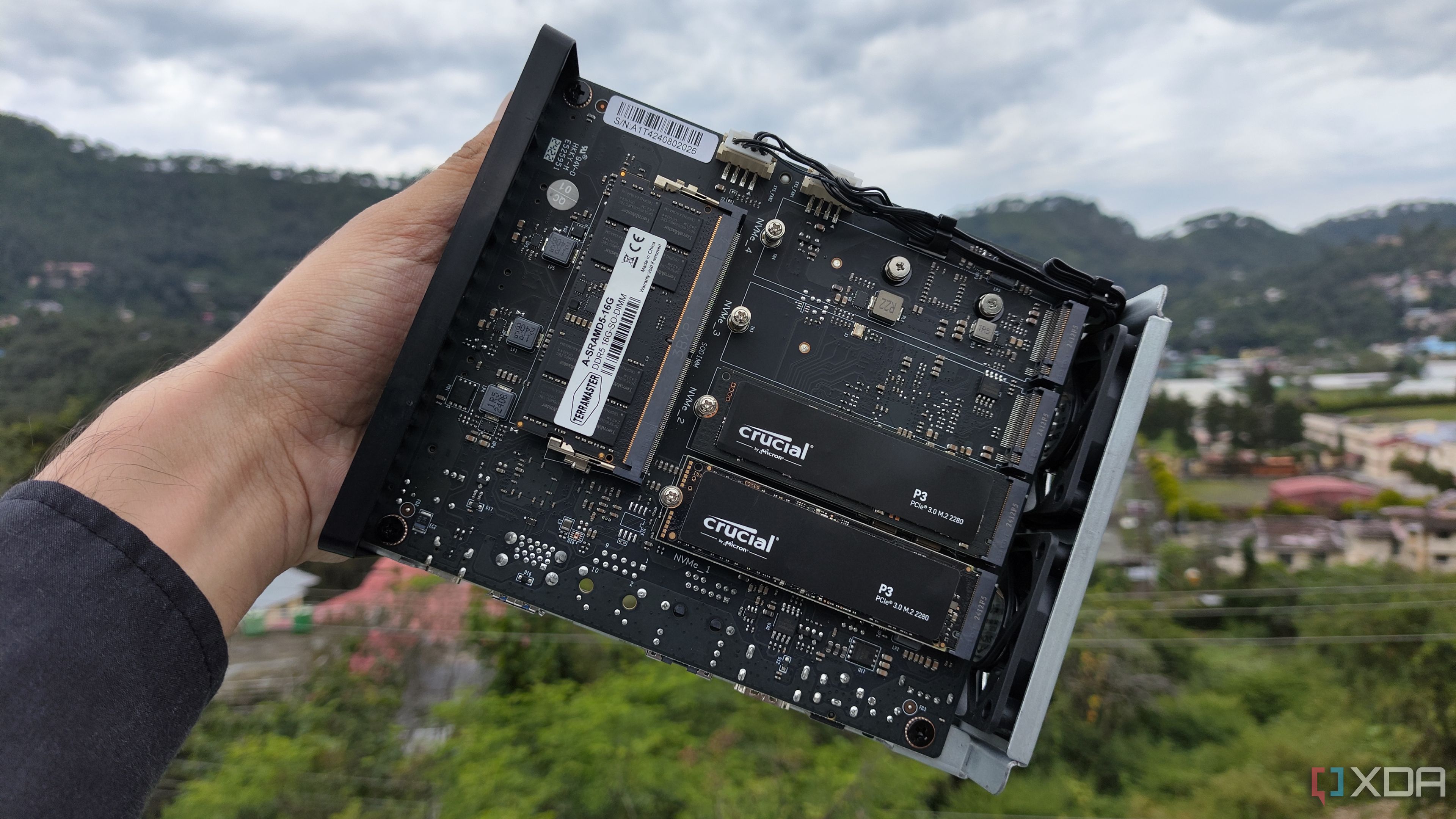
The whole point of caching data is putting it on a faster retrieval method than the one it's stored on long-term. When your computer already has NVMe storage, the only place data can be cached and be faster is in RAM. You could set up a RAMdisk for OS and browser caching, but you wouldn't want to use it for critical data as any power outage would mean it's gone. Otherwise, your computer is probably already using some part of your NVMe drive as cache, and you can leave it alone.
.png)
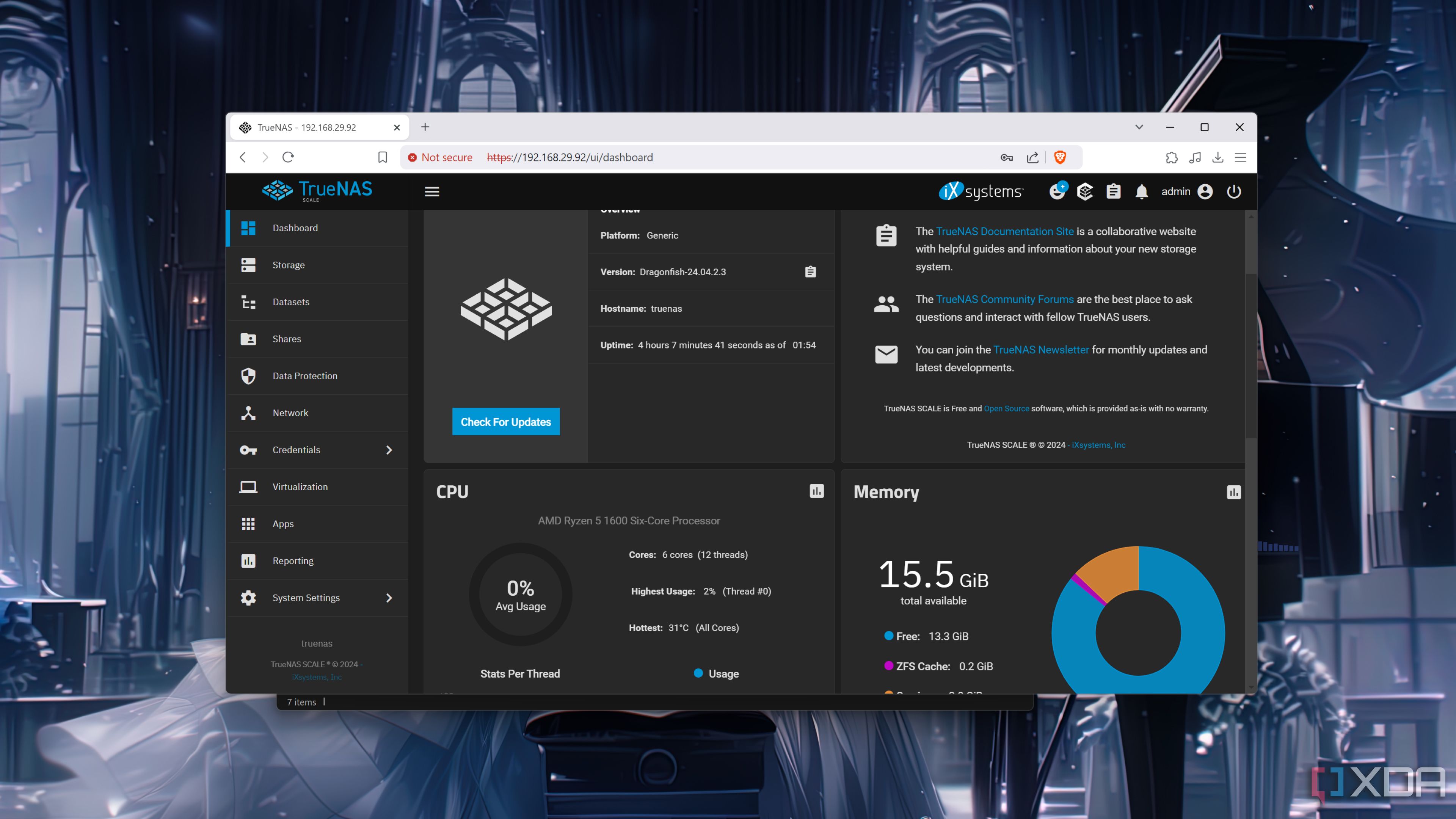
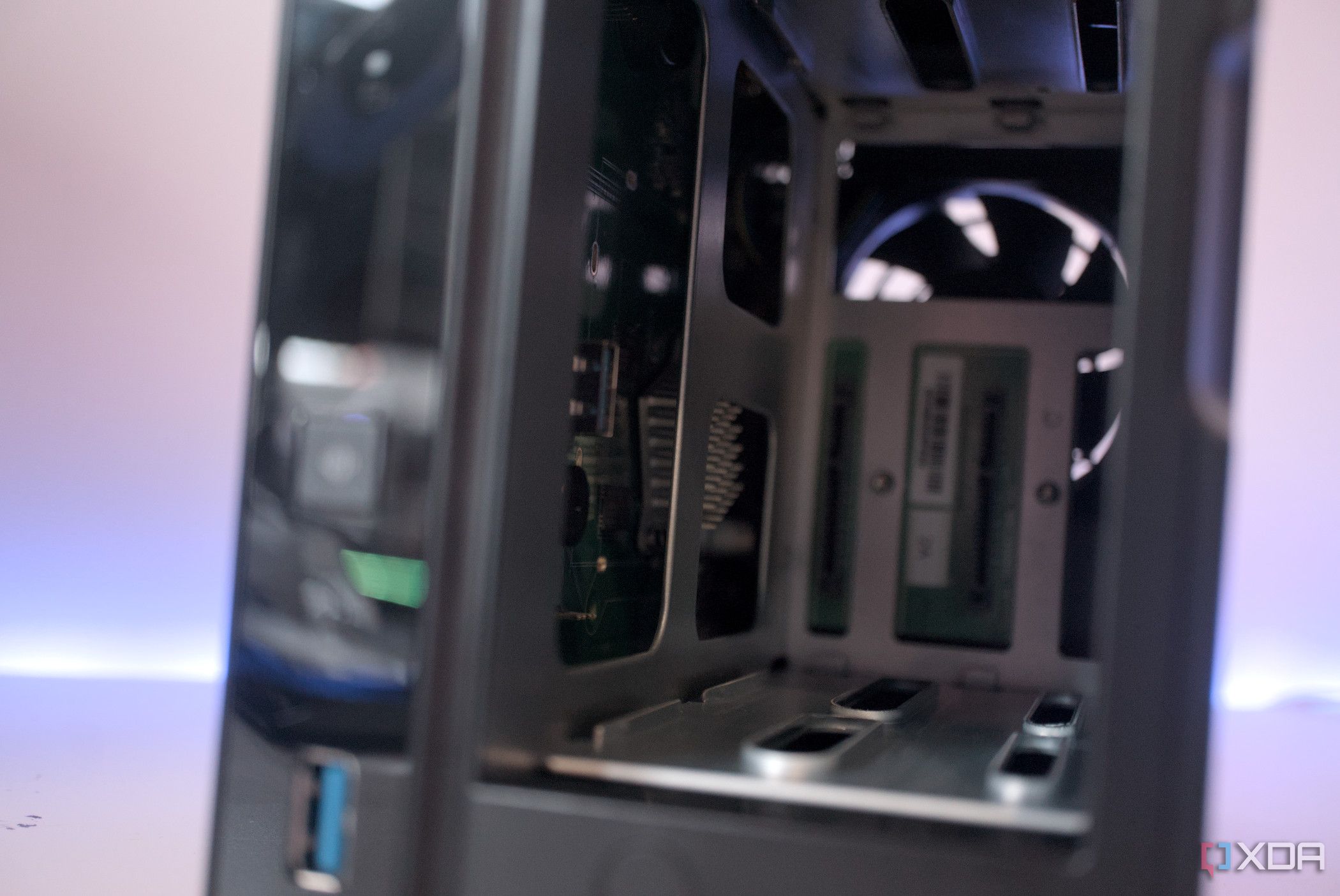
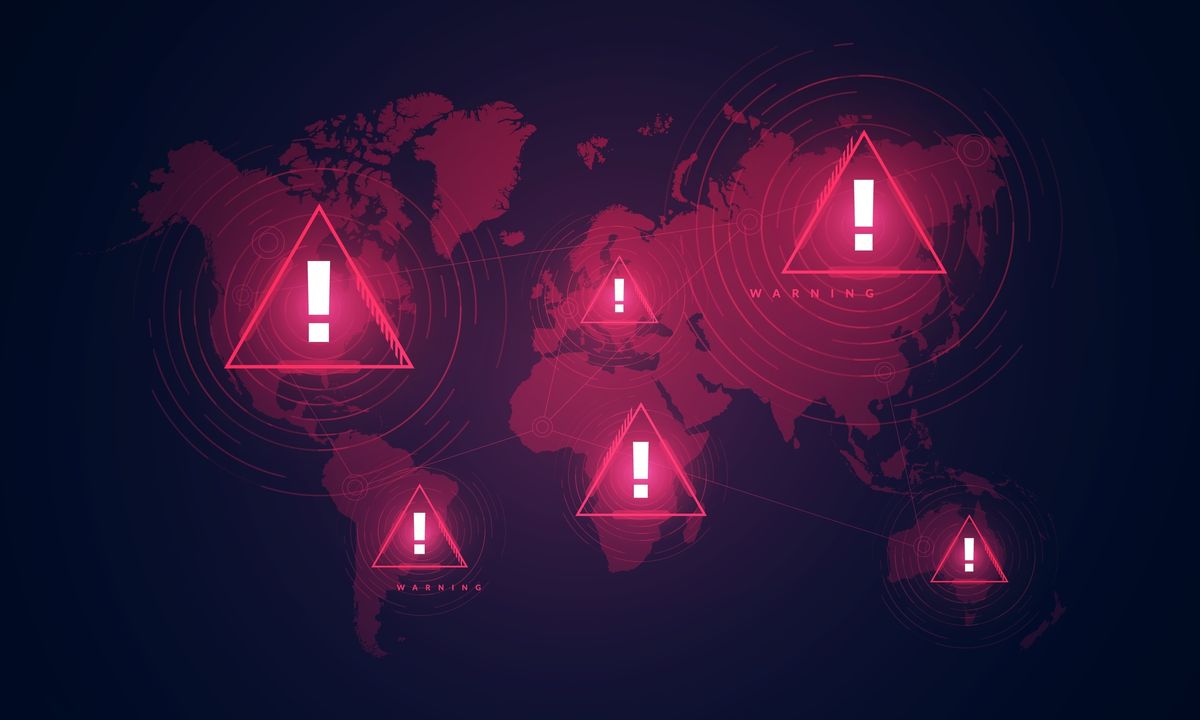


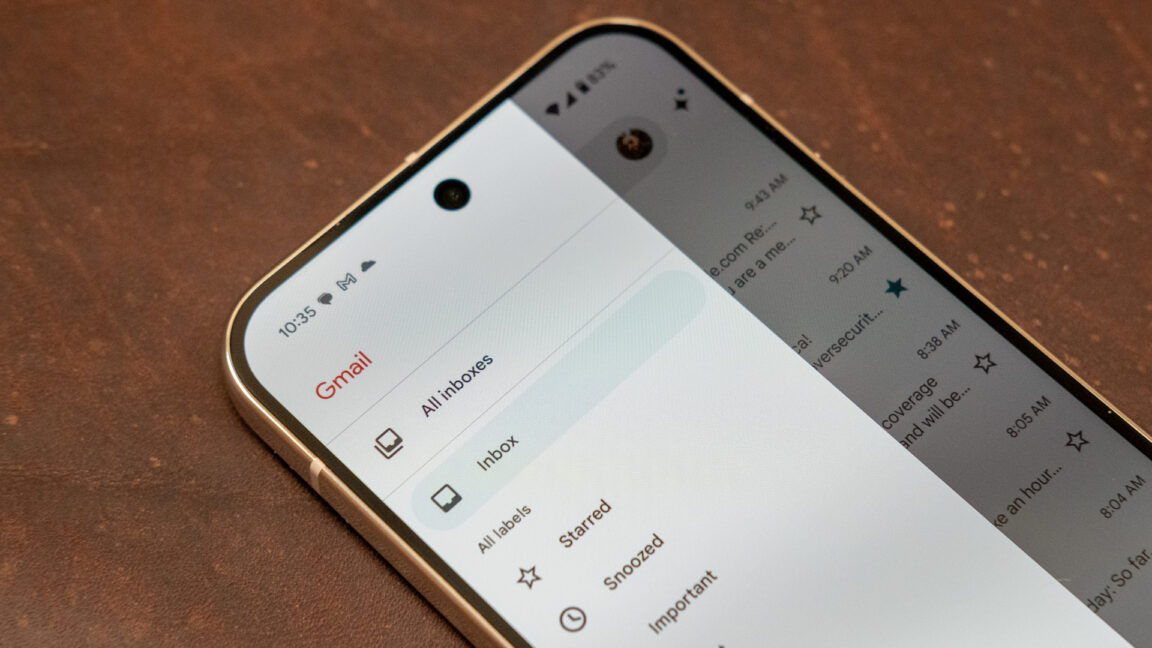







 English (US) ·
English (US) ·